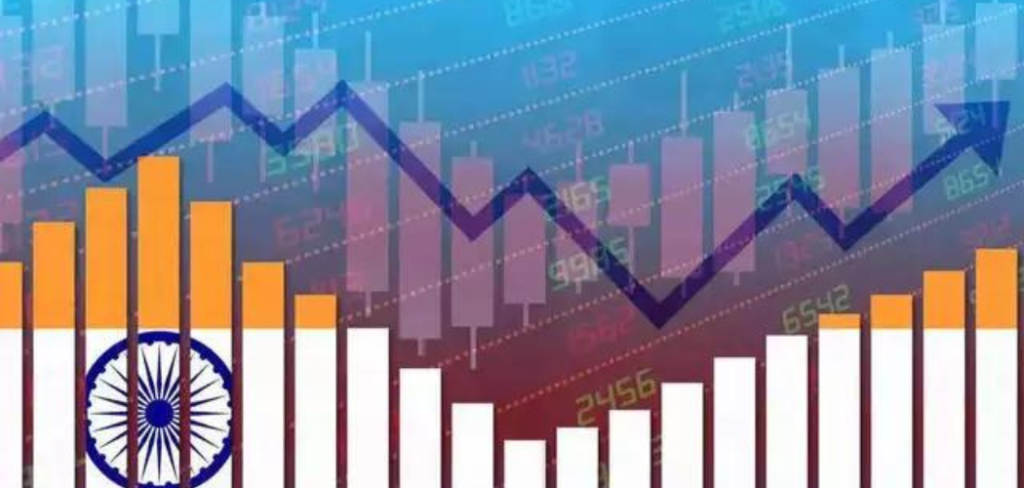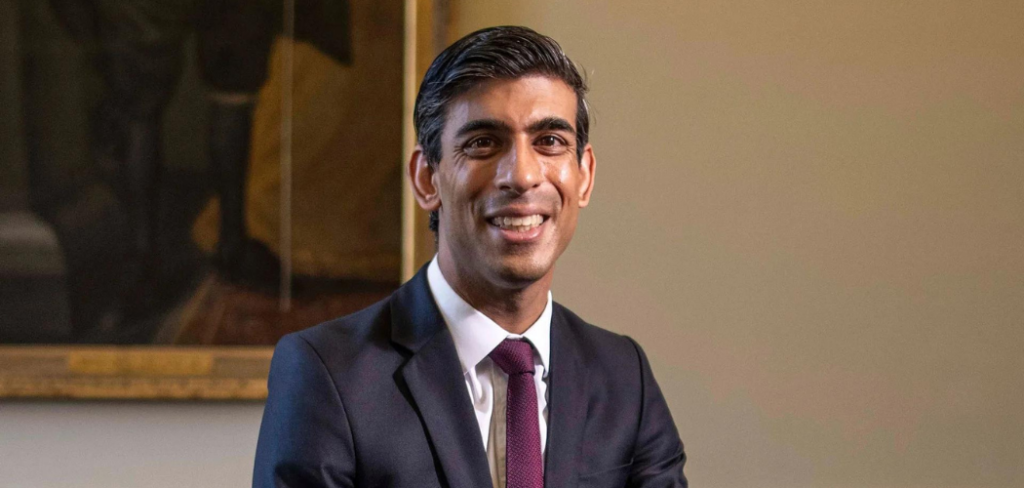India’s economic momentum continues to surge ahead, with projections indicating a growth rate of 6.2 per cent in 2024, solidifying its position as the fastest-growing large economy worldwide.
However, recent economic woes in countries like Japan and the UK serve as stark reminders of the challenges posed by the Covid pandemic. Both nations have slipped into recession, with the UK facing a 0.3 percent contraction in the fourth quarter of 2023 and Japan struggling to regain its economic footing.

The situation in Europe is also concerning, with Germany, previously a stalwart in the global economy, grappling with issues in its export-driven manufacturing sector. Rising energy costs due to geopolitical tensions and uncertainties surrounding budgetary decisions and labor shortages add further strain.
Against this backdrop, India emerges as a beacon of hope for investors. Projections from the International Monetary Fund suggest that India is on track to surpass Japan and Germany in terms of economic output by 2026 and 2027, respectively.
Currently ranked as the world’s fifth-largest economy, India’s GDP is approximately $3.7 trillion and growing at an impressive rate of around 7 percent annually. The country’s allure as an alternative manufacturing hub is attracting increasing interest from multinational corporations, especially amidst global efforts to diversify supply chains.
As the gap between developed and emerging economies narrows, India stands at a pivotal moment to assert its influence on the global economic stage. With shifting dynamics favoring emerging nations, India has the opportunity to significantly contribute to global growth in the years ahead.
Prospects and Challenges for the UK Economy in 2024

British Prime Minister Rishi Sunak faced a setback ahead of potential elections as recent data revealed that the economy slipped into a recession during the latter half of 2023. However, Finance Minister Jeremy Hunt remains optimistic about the outlook for the upcoming year, anticipating a brighter trajectory.
Sunak is likely considering an election in October or November, aiming for a period when inflation is predicted to decrease and the economy to regain momentum, albeit at a slow pace. Additionally, there’s a strong likelihood of the Bank of England initiating interest rate cuts around mid-2024, which could further influence economic dynamics.
Below are graphics illustrating the projected trends for some key economic indicators throughout the year.
Expectations for a Slow Economic Recovery
Britain’s economy has been grappling with stagnation for approximately two years following the initial slump and subsequent recovery from the coronavirus pandemic. Projections from the Bank of England indicate a subdued growth outlook, with anticipated growth rates of just 0.25% in 2024 and 0.75% in 2025.
These forecasts represent a stark contrast to the robust annual growth rates of around 3% observed in the decade leading up to the 2007-2009 financial crisis. Even compared to the growth rates during the 2010s, a period characterized by austerity measures and public spending cuts, the projected growth for the coming years falls below expectations.
Growth Momentum Forecasted to Strengthen in 2024
Sunak and Hunt may find solace in forecasts indicating a potential uptick in economic activity as 2024 progresses. According to analysts surveyed by Reuters last month, growth is anticipated to be modest, with an expected increase of 0.1% in the first and second quarters, followed by a slight improvement to 0.2% in the third and fourth quarters, coinciding with the likely timing of the election.
However, these growth rates still fall significantly short of the average quarterly growth of approximately 0.5% witnessed in the five years preceding the onset of the coronavirus pandemic. Despite this, there remains optimism that Hunt’s upcoming budget announcement on March 6 may provide a boost to the economy, especially if it includes further tax cuts aimed at stimulating growth.
Expectations for Inflation to Reach 2%
In October 2022, inflation surged to a 41-year high, reaching 11.1%. This spike put significant pressure on household finances, leading to a tightening of budgets. However, in recent months, inflation has shown signs of decline, gradually approaching the Bank of England’s target rate. Nevertheless, projections suggest a potential uptick later this year.
One positive development is that wages have been outpacing inflation, with an approximate 6% increase in annual terms recorded at the end of last year. This means that the squeeze on incomes is expected to ease somewhat. Additionally, consumer confidence has been on the rise in recent months, indicating a growing optimism among the public.
Despite these encouraging trends, it’s important to note that the recovery process for poorer households is anticipated to be prolonged. According to the National Institute for Economic and Social Research, it may not be until 2027 that these households regain their pre-pandemic levels of spending power. This highlights the enduring impact of the pandemic on vulnerable segments of the population.
Unemployment Expected to Increase, but with Limits
As we progress through 2024, it’s expected that unemployment will experience a rise, largely due to the impact of the Bank of England’s series of interest rate hikes between December 2021 and August last year, which is putting pressure on businesses.
However, there’s been a recent revision in the Bank of England’s forecast for the end of 2024, with the projected jobless rate now lowered to 4.6% from the previous estimate of 4.9%. This adjustment reflects the anticipation of a significant decrease in inflation in the coming months.
At 4.6%, the unemployment rate would be notably lower than historical averages. For context, during the aftermath of the global financial crisis in 2011, Britain faced an average jobless rate of 8.1%. This suggests that, despite challenges, the current economic landscape may offer more favorable conditions in terms of employment compared to previous downturns.
Limited Improvement Expected in Living Standards
In an effort to provide relief to workers, Sunak and Hunt unveiled a tax cut initiative last November, which included a reduction in social security contributions that came into effect in January. Additionally, lower-income households are set to receive another boost in April with nearly a 10% increase in the minimum wage.
Despite these measures aimed at bolstering household finances, real household disposable incomes are projected to decline – a phenomenon not witnessed since World War Two, as highlighted by the Resolution Foundation think tank. The last general election took place in December 2019.
The government attributes much of this economic strain to its efforts in repaying the substantial costs incurred from supporting both the economy and households during the pandemic, as well as the surge in energy prices experienced in 2022. While these challenges persist, policymakers continue to navigate ways to alleviate financial pressures on households amid evolving economic conditions.
Could More Giveaways Be on the Way?
Sunak and Hunt have reiterated their commitment to implementing tax cuts for both households and businesses, underscoring their agenda to stimulate economic growth. As they prepare for the annual budget statement scheduled for March 6, they are diligently analyzing financial data to determine the feasibility of their proposals.
Recent reports from the Financial Times suggest that Hunt is exploring the possibility of reallocating funds from existing public spending plans to finance tax cuts if the current state of public finances poses constraints. This strategic maneuver reflects the government’s determination to prioritize tax relief despite potential budgetary challenges.
However, the Resolution Foundation highlights that the scope for tax cuts or additional spending available to Hunt, estimated at £13 billion ($16.3 billion) following his November budget update, falls significantly short of the average allocation for most of his predecessors since 2010. This underscores the delicate balance that policymakers must strike between addressing fiscal constraints and implementing measures to support economic recovery and household finances.
